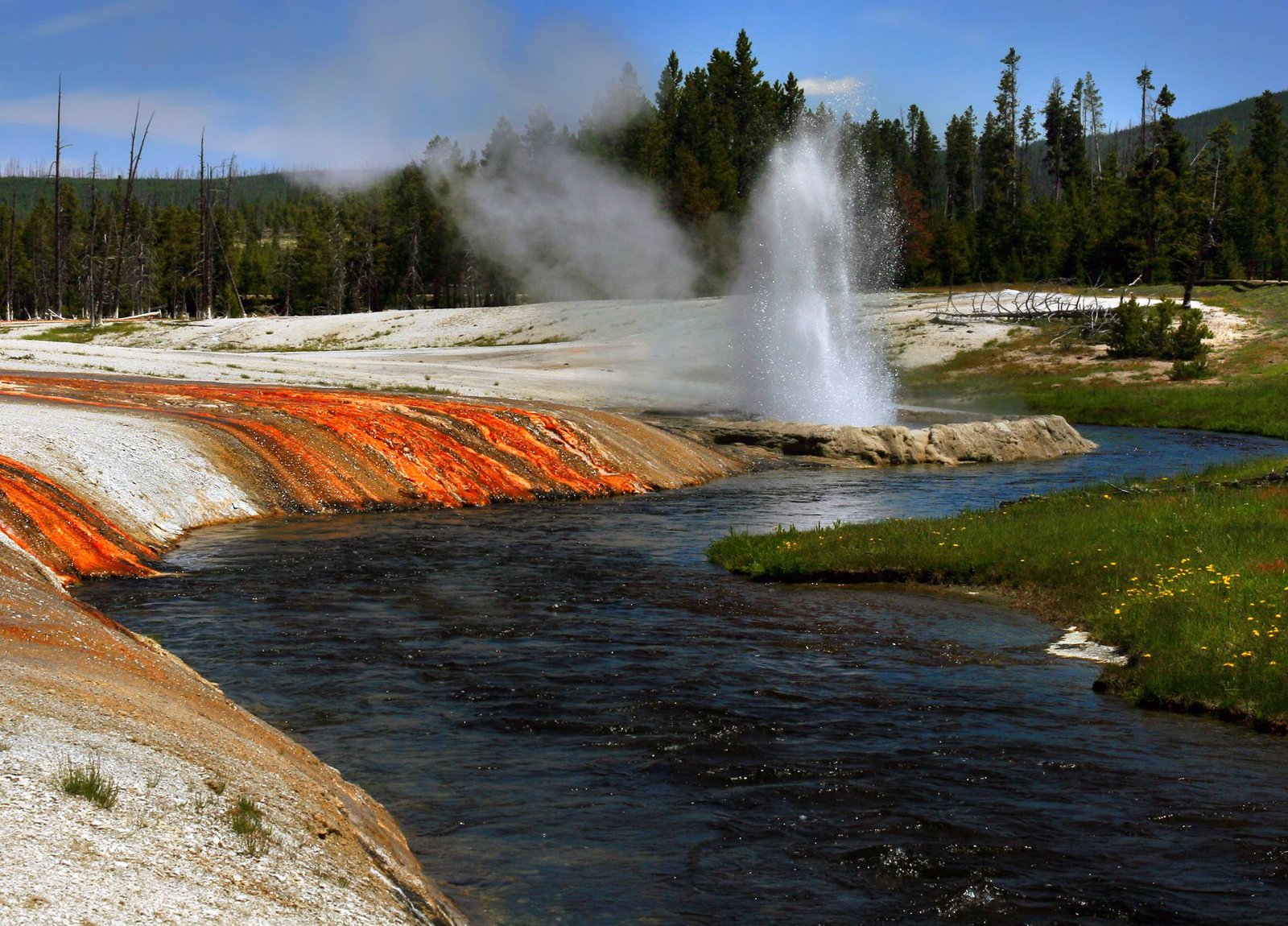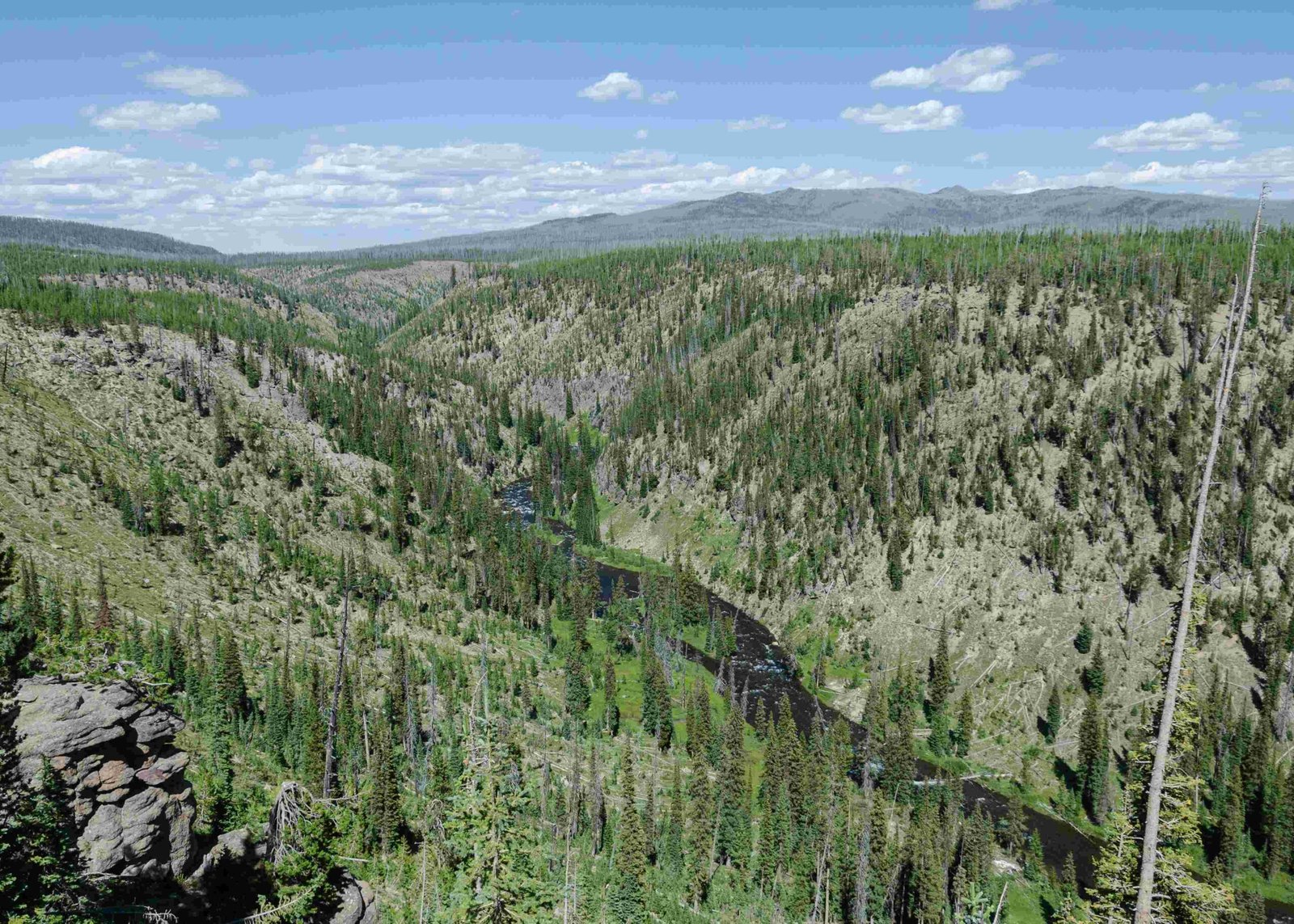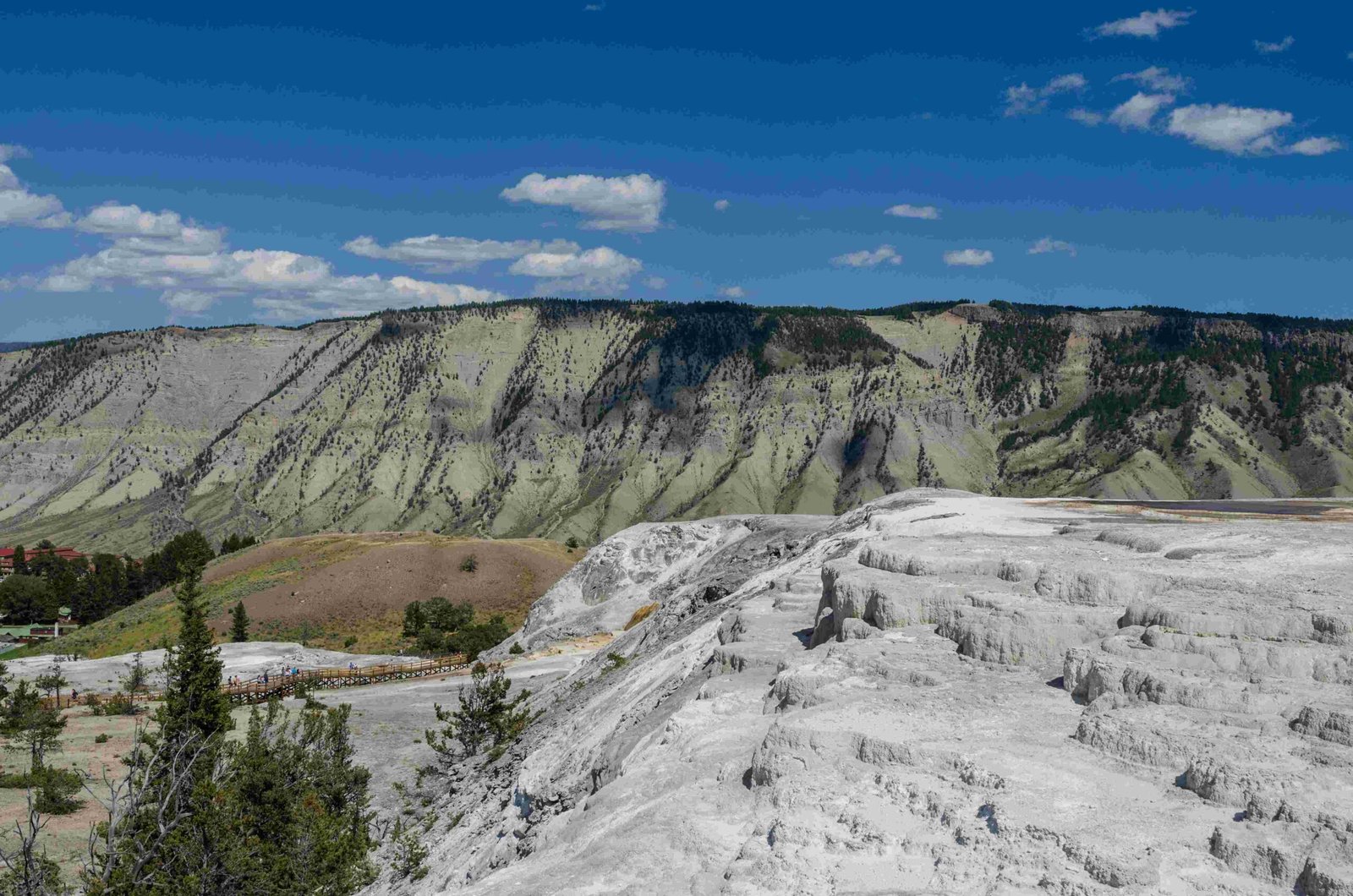The reintroduction of wolves in Yellowstone National Park has triggered a remarkable cascade of ecological changes. Since 1995, when wolves were brought back to the park, their presence has reshaped the ecosystem, influencing everything from vegetation patterns to river dynamics. This reintroduction has led to a more balanced and diverse ecosystem, demonstrating the profound impact of apex predators on their environment.
What Were the Initial Steps in Wolf Reintroduction?

The wolf reintroduction program in Yellowstone National Park began in 1995 with a bold initiative:
- 31 grey wolves were relocated from western Canada to Yellowstone
- An additional 10 wolves from Montana were introduced in 1997
- By 2001, the wolf population had grown to 132 in Yellowstone and 216 in the Greater Yellowstone Area
This carefully planned reintroduction aimed to restore a key predator to the ecosystem, addressing the imbalance caused by their absence for nearly 70 years.
How Has the Wolf Population Evolved Since Reintroduction?

The growth of the wolf population in Yellowstone has been remarkable:
- Rapid initial growth: From 41 introduced wolves to over 100 within a few years
- Stabilization: Population levels eventually stabilized due to natural factors
- Genetic diversity: The introduction of wolves from different areas helped maintain genetic health
- Pack formation: Wolves established territories and formed complex social structures
By 2011, wolf populations in Montana and Idaho were considered recovered enough to be removed from the endangered species list, marking a significant milestone in conservation efforts.
What Changes Have Occurred in Prey Species Populations?
The reintroduction of wolves has had significant impacts on prey species, particularly elk:
- Elk population decline: From about 20,000 in 1995 to 12,000 in 2004
- Behavioral changes: Elk became more vigilant and altered their grazing patterns
- Habitat use shifts: Prey species began avoiding high-risk areas frequented by wolves
These changes have led to a more dynamic and balanced predator-prey relationship, influencing the entire ecosystem.
How Has Vegetation in the Park Responded to Wolf Presence?
One of the most visible effects of wolf reintroduction has been the recovery of vegetation:
| Vegetation Type | Impact of Wolf Reintroduction |
|---|---|
| Willow | Increased growth and density |
| Aspen | Improved regeneration |
| Cottonwood | Enhanced seedling survival |
| Berry-producing shrubs | Increased height and stem diameter |
This vegetation recovery is largely attributed to the change in elk behavior and population, reducing overbrowsing in certain areas.
What Are the Effects on River Ecosystems?
The reintroduction of wolves has had far-reaching effects on Yellowstone’s river ecosystems:
- Stabilized riverbanks due to reduced elk grazing
- Increased beaver populations, leading to more dams
- Altered stream dynamics, creating more diverse aquatic habitats
- Improved conditions for fish and other aquatic species
These changes demonstrate the interconnectedness of terrestrial and aquatic ecosystems within the park.
How Has the Reintroduction Affected Other Wildlife Species?
The return of wolves has triggered a trophic cascade, affecting numerous species:
- Scavengers: Increased food availability from wolf-killed carcasses
- Small mammals: Population increases due to reduced coyote numbers
- Birds of prey: Benefited from increased small mammal populations
- Beavers: Thrived due to improved riparian vegetation
This cascade effect highlights the complex web of interactions in the Yellowstone ecosystem.
What Opportunities Exist for Visitors to Observe These Changes?
Yellowstone National Park offers various ways for visitors to witness the effects of wolf reintroduction:
- Guided wolf-watching tours
- Ranger-led educational programs
- Self-guided nature trails with informational signage
- Observation points in areas like Lamar Valley
Visitors are encouraged to bring binoculars and follow park guidelines for safe wildlife viewing.
How Has Scientific Research Been Impacted by Wolf Reintroduction?
The reintroduction of wolves has provided unprecedented research opportunities:
- Long-term ecological studies on predator-prey dynamics
- Research on trophic cascades and ecosystem resilience
- Behavioral studies on wolf pack dynamics
- Investigations into the genetic health of reintroduced populations
These studies continue to provide valuable insights into ecosystem management and conservation biology.
What Challenges Have Arisen from Wolf Reintroduction?
While largely successful, the wolf reintroduction has not been without challenges:
- Conflicts with livestock outside park boundaries
- Debates over wolf management policies
- Balancing conservation goals with human interests
- Adapting park management strategies to changing ecosystem dynamics
Addressing these challenges requires ongoing collaboration between scientists, park managers, and local communities.
How Has Public Perception of Wolves Changed Since Reintroduction?
Public perception of wolves has evolved significantly:
- Initial controversy and skepticism
- Growing appreciation for their ecological role
- Increased tourism centered around wolf watching
- Ongoing educational efforts to promote coexistence
This shift in perception underscores the importance of public engagement in conservation efforts.
The reintroduction of wolves in Yellowstone National Park has led to a cascade of ecological changes, demonstrating the profound impact of restoring a keystone species to its native habitat. From altering prey behavior to revitalizing plant communities and reshaping river ecosystems, the presence of wolves has transformed Yellowstone into a more diverse and resilient ecosystem. As research continues and visitors flock to witness these changes, the Yellowstone wolf reintroduction stands as a testament to the power of conservation and the intricate balance of nature.
References:
1. https://cases.open.ubc.ca/w17t2cons200-18/
2. https://defenders.org/blog/2020/03/we-were-wrong-about-wolves-heres-why
3. https://extension.colostate.edu/topic-areas/people-predators/ecological-effects-of-wolves-8-005/

